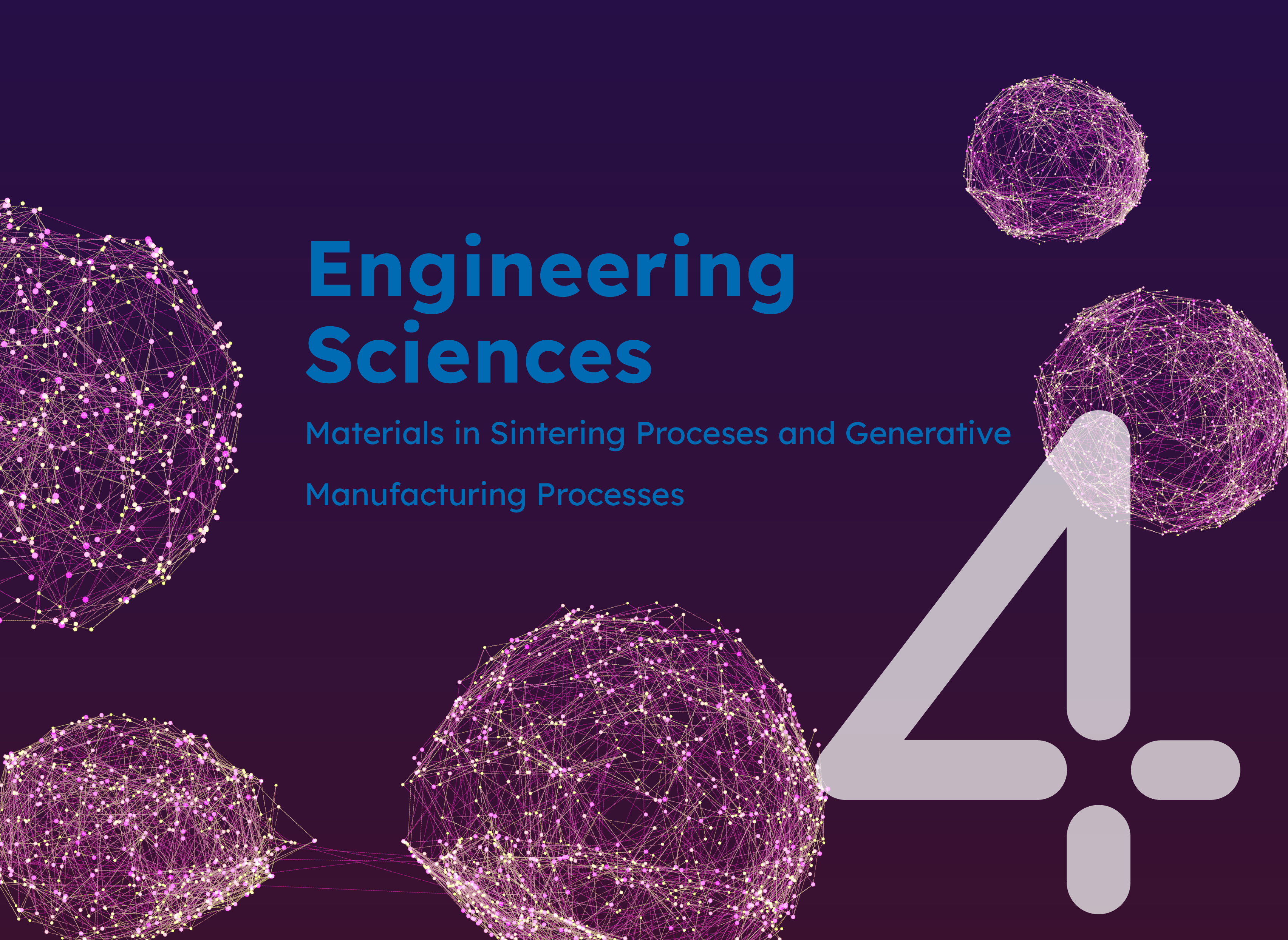Project
SBES of an eccentrically mounted variable stator vane
The front stages of gas turbine compressors are equipped with adjustable stators. In shrouded compressor designs, as mainly used in aero engines, the stator blades are mounted in the hub by means of a round so-called penny. Due to the necessary separation between moving and stationary components, a cavity remains between the penny and the hub, the so-called penny cavity. This cavity is flowed through, resulting in additional total pressure losses, whereby those total pressure losses dominate which are present due to the re-entry of the leakage into the passage. In the past research, the additional losses were quantified using flow simulations and experiments for a standard geometry of the cavity.
Project Details
Project term
November 1, 2020–January 31, 2021
Affiliations
RWTH Aachen University
Institute
Institute of Jet Propulsion and Turbomachinery
Principal Investigator
Researchers
Methods
In the present project, a modified geometry in which the blade is eccentrically mounted is to be investigated. For this purpose, scale-resolving simulations were carried out using the ANSYS CFX software. The stress-blended eddy simulation (SBES) method developed by ANSYS was carried out, which is a subtype of the detached eddy simulation (DES). Since it was shown during the project that a zonal approach to translating the RANS inlet boundary conditions into synthetic turbulence is a beneficial turbulence treatment, this extension was used.
Results
The results of the mesh study of the predecessor project could be used for the meshing, so that no further mesh study had to be carried out. The scale-resolving simulations were successfully completed. The procedure was such that the calculation required approx. 5000 time steps for settling, so that a recording of the transient quantities was only made after the settling process had been completed. The flow field was averaged over an averaging period of approx. 25000 time steps until the mean value of physically relevant quantities (e.g. the static pressure or the velocity) no longer changed significantly at previously defined monitor points. The measurement uncertainty of the associated measurements was used as a measure of the required accuracy.
Discussion
It could be shown that the results of the scale-resolving simulations agree very well with the experimental results. In particular, in comparison with similarly performed steady-state simulations, the effects that are present due to the cavity geometry are much better reproduced. The influence of the eccentricity and the resulting cavity geometry can be clearly seen in the results of the scale-resolved simulations and can also be explained physically.
Additional Project Information
DFG classification: 404 Fluid Mechanics, Technical Thermodynamics and Thermal Energy Engineering
Publications
Janssen J / Pohl D / Jeschke P / Halcoussis A / Hain R / Fuchs T, Effect of an Axially Tilted Variable Stator Vane Platform on Penny Cavity and Main Flow, Journal of turbomachinery, 2021, Vol 144, no. 2: 021010
